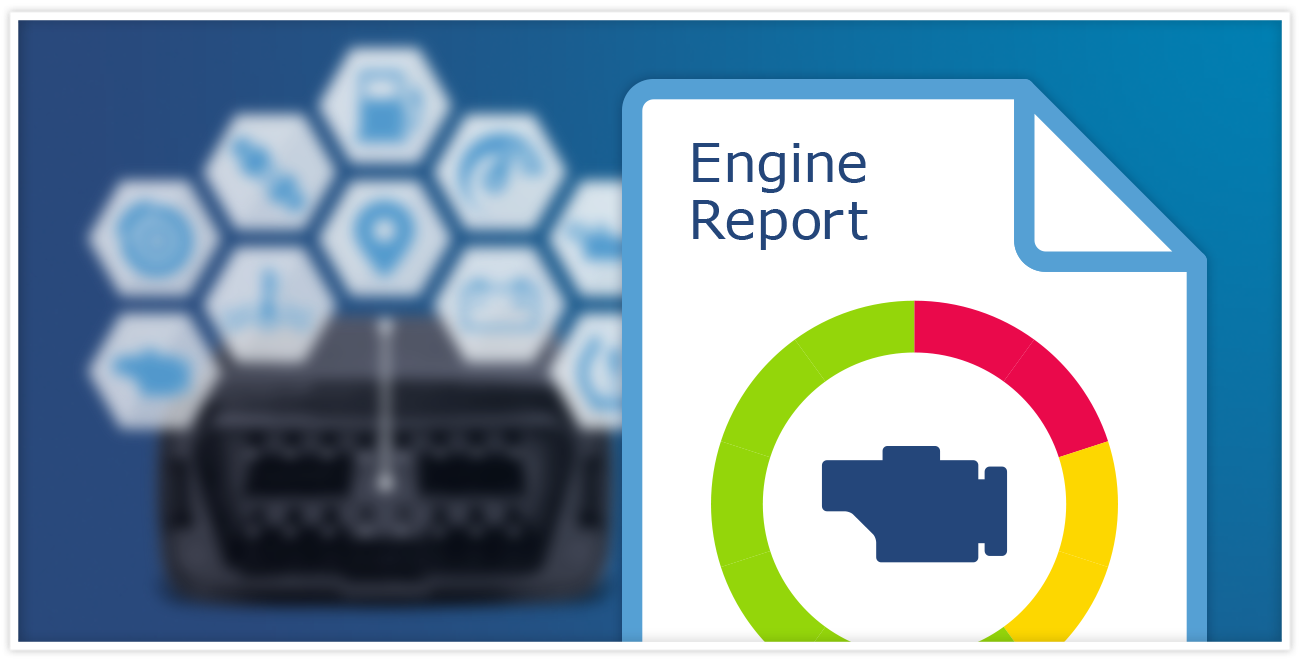Diagnostics with Geotab: From port to report
In this blog post we will cover a part of how the information in your vehicle is collected, analyzed, and delivered, from port to report.

A great deal of data is constantly being reported by your vehicle, and Geotab puts special work in bringing this data to you. In this blog post we will cover a part of how the information in your vehicle is collected, analyzed, and delivered, from port to report.
See also: The Geotab GO saved my RV vacation
Introducing On-board Diagnostics (OBD)
The OBD port is a small diagnostic port most commonly placed underneath the steering wheel and column, within reach of the driver. Modern diagnostics have a wealth of information available to them, but historically diagnostics were first implemented by individual manufacturers, without a common standard. The Society of Automotive Engineers (SAE) recommended the standard that would become OBD in 1988. From 1991 to 1994, the California Air Resources Board (CARB), motivated to create a standard emissions test, issued the OBDII specification and required it be implemented in all cars sold in California starting in model year 1996. The standard soon spread throughout the United States. Every manufacturer from 1996 onwards has implemented some form of the OBD standard.
Post-standardization challenges
OBD was introduced to a manufacturing landscape that was developed by individual manufacturers working independently. The standard contains multiple signal patterns of which a manufacturer can choose any particular one. As the standard was prompted by emissions testing, the largest required set of diagnostics are those related to emissions. Manufacturers provide a much wider selection of diagnostics through the OBD port for use in repairs, but they are not required to follow a particular specification on these diagnostics, and the codes can differ between manufacturers, makes, models, and years.
How Geotab compiles and improves diagnostics
At Geotab, we translate the various manufacturers’ implementations of OBD into a uniform set of diagnostics. We provide as much information in as useful a way as possible, regardless of the particular implementation. Geotab splits diagnostic information into measurements about the engine and particular vehicle faults, and translates multiple manufacturers’ information into a consistent set of these measurements. This can be done over a number of diagnostic standards. Sometimes this means Geotab creates a new diagnostic, dynamically taking information from the OBD, combining that diagnostic information with transformative math, and creating an improved diagnostic with an easier to understand output. For examples of when this is sometimes necessary, take a look at some of our articles on specific work for seatbelts and fuel usage, available at Reporting Seatbelt Data: It’s Not As Easy As Buckling Your Seatbelt and Dude, Where’s My Fuel?.

Interested in learning more about engine diagnostics? The US Environmental Protection Agency maintains information on OBDII and specific details are available by contacting the SAE. In addition, feel free to contact Geotab, or leave a comment in the comments box below.
Subscribe to get industry tips and insights
The Geotab Team write about company news.
Table of Contents
Subscribe to get industry tips and insights
Related posts

Field service is losing money to bad data: Go beyond GPS with smarter telematics
June 27, 2025
3 minute read

Unlock field service ROI: Your practical guide to connected operations playbook
June 9, 2025
3 minute read

Multi-stop route planners: A fleet manager's guide + best tools in 2025
June 5, 2025
5 minute read


Neil Cawse: Lack of appetite for risk is holding the Canadian economy back
May 12, 2025
2 minute read
